How to Improve the Safety of Lithium Battery Cell and the Failure Mode of Power Battery System
With the rapid development of electric vehicles and energy storage systems, lithium battery as its main power source, its safety has attracted much attention. This paper will discuss how to improve the safety of lithium battery cell and the failure mode of power battery system, in order to provide some ideas and references for research and practice in related fields.
- Improve security by lithium battery cell
(1) materials and design: to improve the safety of lithium battery cell, we must start with materials and design. High quality positive and negative electrode materials, conductive agents and electrolyte are used to optimize the structural design of cell, including the selection of membrane and electrolyte, and the encapsulation of cell, so as to reduce the risk of thermal runaway and short circuit.
(2) cell management system: the design and application of cell management system (BMS) are crucial to the safety of lithium batteries. BMS can monitor cell of temperature, voltage, current and other parameters, achieve fine management and protection of cell, timely detect cell abnormalities and take corresponding measures, such as power failure, power reduction, etc, to prevent accidents.
(3) safety protection device: at the level of battery pack and vehicle, safety protection device is also an important means to improve the safety of lithium battery. Including overcharge and overdischarge protection, short circuit protection, temperature control devices, etc., these devices can quickly cut off the circuit when the battery is abnormal, ensuring the safety of the battery system and users.
- Failure mode of power battery system
(1) overcharge and overdischarge: overcharge and overdischarge are one of the most common failure modes of power battery systems. Overcharging will cause electrolyte decomposition, generate gas, increase internal pressure, and may cause cell explosion in severe cases. Overcharging will damage the electrochemical performance of the battery and reduce the battery life.
(2) thermal runaway: thermal runaway refers to the phenomenon that the battery temperature rises externally or internally, resulting in self-accelerating reaction. This may be caused by short circuit, overcharge, and high ambient temperature. Once thermal runaway occurs, fire or explosion may occur.
(3) mechanical damage: The power battery system is vulnerable to mechanical damage during use, such as collision and vibration. These damages may lead to short circuit or leakage of cell, thus causing safety accidents.
The failure modes listed above are only a possible part of the power battery system. To improve the safety of lithium battery cell, materials, design, management system, safety protection devices and other aspects need to be considered comprehensively. At the same time, in-depth research and analysis on the failure mode of power battery system is helpful to formulate more effective safety management measures and emergency plans to ensure the safety of users and the environment.
In the future, with the continuous progress of science and technology and the accumulation of experience, I believe that the safety of lithium battery cell and the reliability of the power battery system will be further improved, so as to provide a more solid foundation for the development of electric vehicles and energy storage systems.
 Dongguan Juneng New Energy Technology Co., Ltd.
Dongguan Juneng New Energy Technology Co., Ltd.
 137 5142 6524(Miss Gao)
137 5142 6524(Miss Gao)
 susiegao@power-ing.com
susiegao@power-ing.com
 Xinghuiyuan High tech Industrial Park, Dalang Town, Dongguan City, Guangdong Province
Xinghuiyuan High tech Industrial Park, Dalang Town, Dongguan City, Guangdong Province


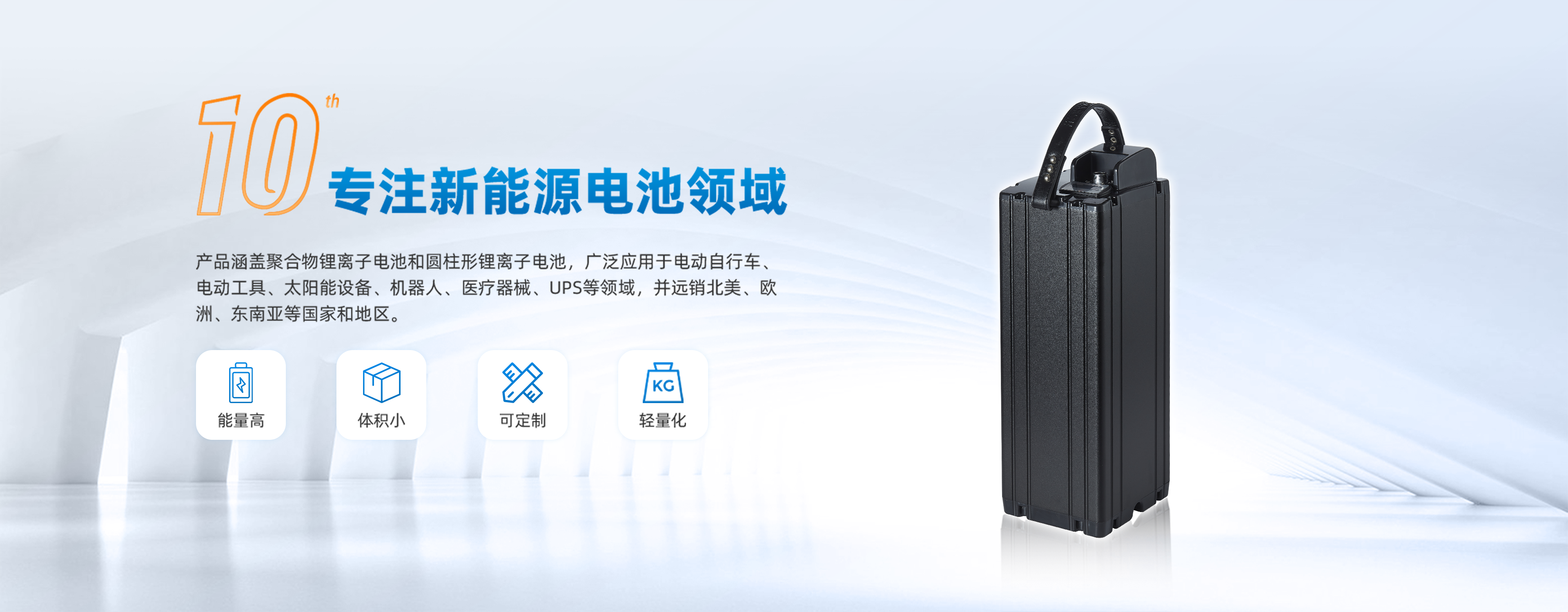
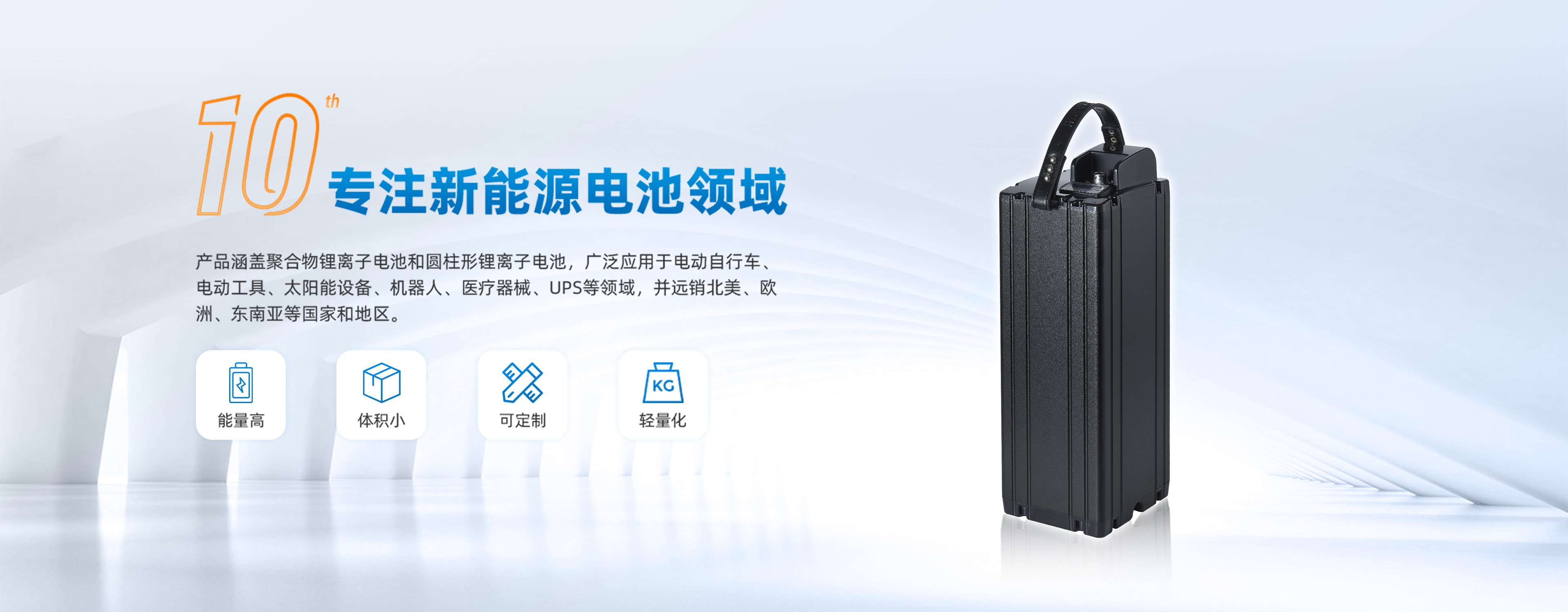
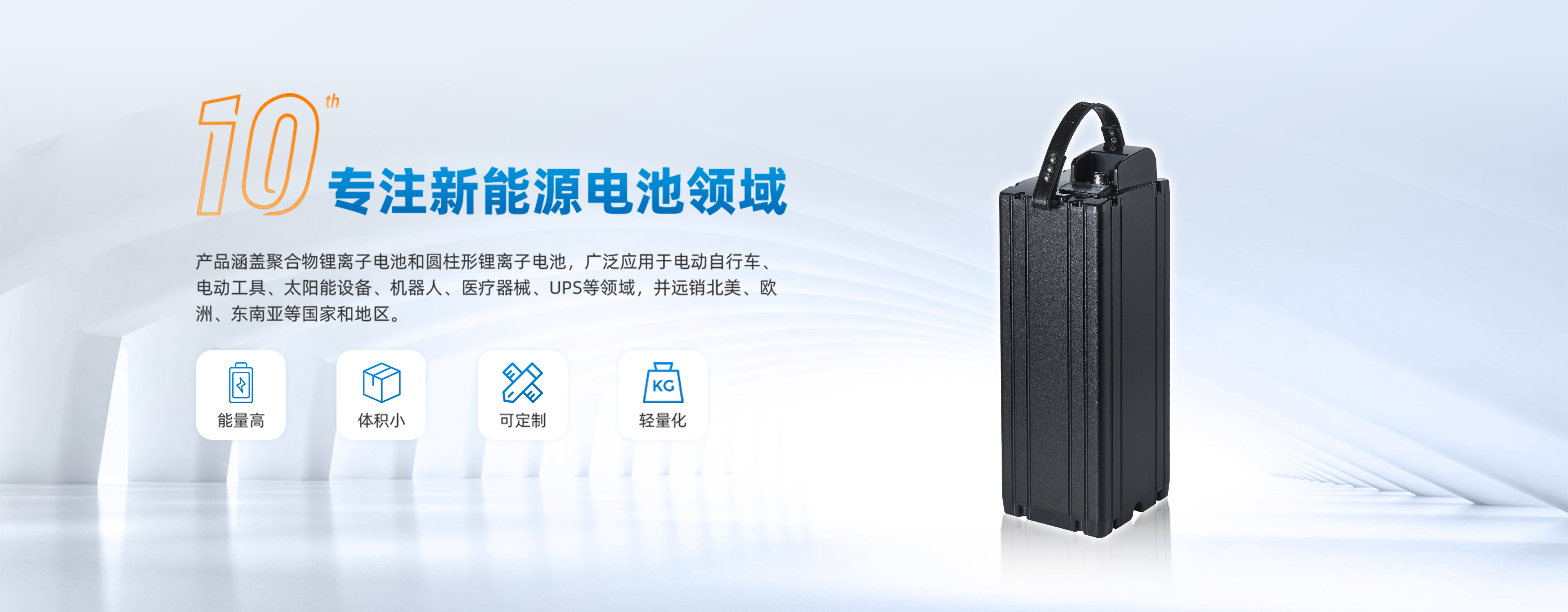



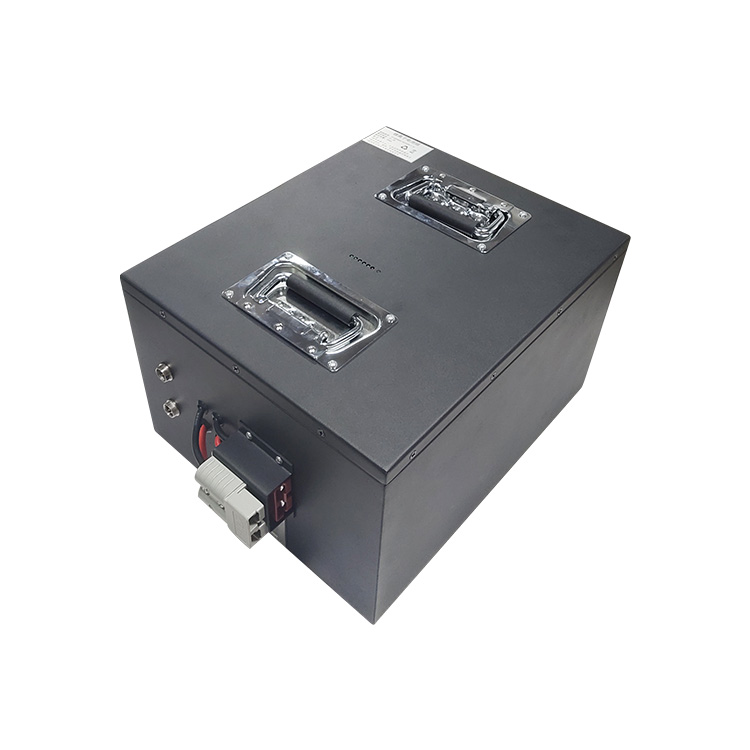


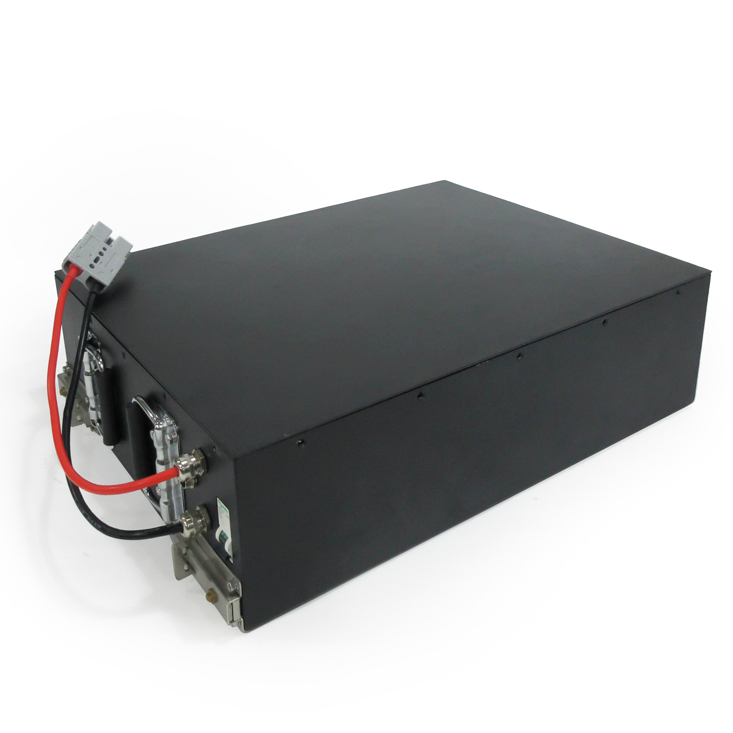

 Yue Gong Wang An Bei No. 4419002007491
Yue Gong Wang An Bei No. 4419002007491